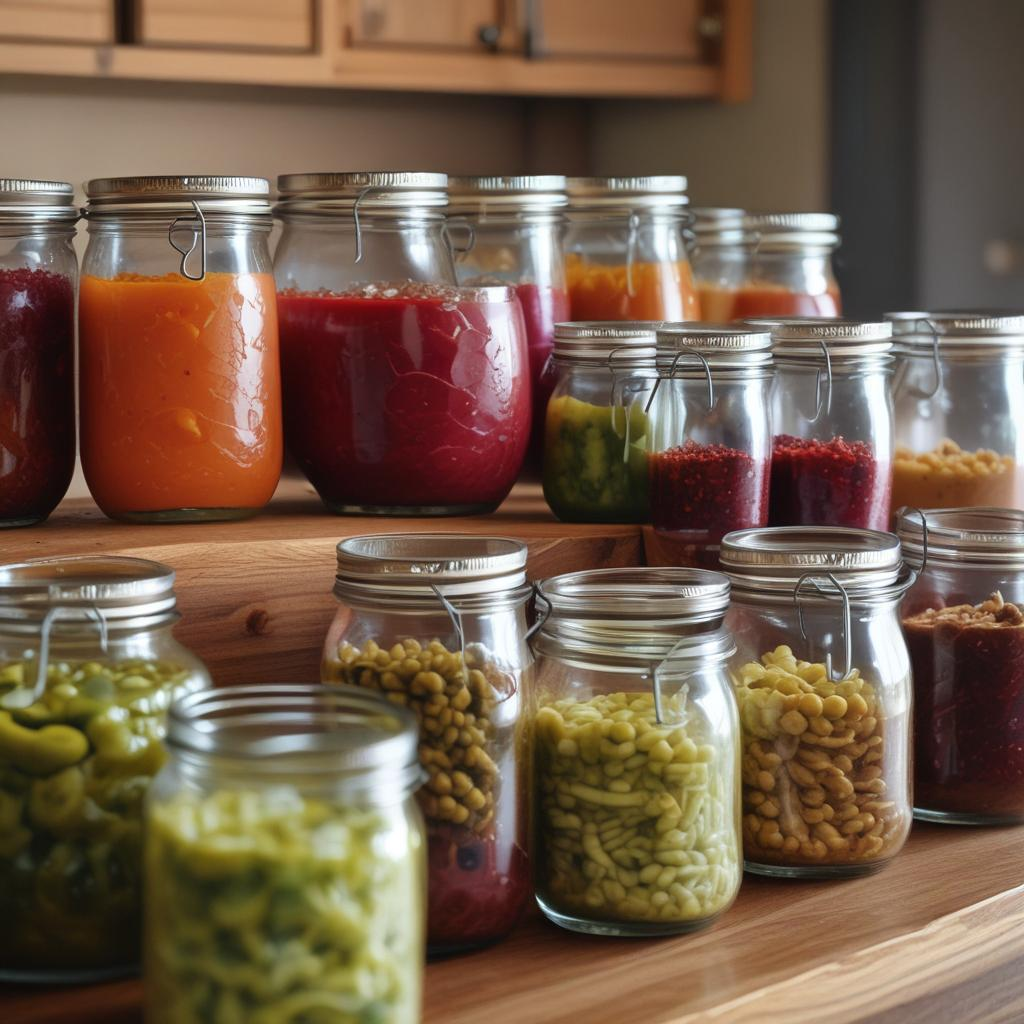Introduction to Fermentation
Fermentation is an ancient method of food preservation that enhances the flavor and nutritional qualities of foods and beverages. It involves the use of microorganisms, such as bacteria and yeasts, to convert organic substances into simpler compounds. Popular fermented foods and beverages include yogurt, sauerkraut, kimchi, kombucha, and sourdough bread. To help you embark on your fermentation journey, we’ve compiled a list of 10 essential tips for successful fermentation.

1. Start with Quality Ingredients
The outcome of your fermented product greatly depends on the quality of ingredients you use. Always choose fresh, organic, and locally sourced ingredients whenever possible. This not only supports sustainable practices but also ensures that your ferment is free from unwanted chemicals and pesticides, which can interfere with the fermentation process.
2. Use the Right Equipment
Having the correct equipment is crucial for successful fermentation. Essential items include glass jars, ceramic crocks, or food-grade plastic containers. Avoid using metal containers as they can react with acidic ingredients and disrupt the fermentation process. Additionally, you may need airlocks, weights, and pH strips to monitor and control your ferments properly.
3. Maintain an Appropriate Temperature
Temperature plays a significant role in fermentation. Most beneficial microorganisms thrive at temperatures between 55°F (13°C) and 75°F (24°C). Ensure that your fermentation space maintains a stable temperature within this range to avoid killing the beneficial bacteria or allowing harmful bacteria to proliferate.
4. Salt Concentration Is Key
Salt is a critical component in many types of fermentation, especially lacto-fermentation. It inhibits the growth of unwanted bacteria while promoting the growth of lactobacilli. The amount of salt used can vary depending on the recipe; however, a general guideline is to use 2-5% salt by weight of the prepared vegetables or other ingredients.
5. Keep Everything Clean
To avoid contamination and the growth of harmful molds and bacteria, it's essential to keep your tools, containers, and workspace clean. Sterilize your equipment before use by boiling them or using a food-safe sanitizer. Similarly, ensure your hands and surfaces are clean when handling foods for fermentation.
6. Submerge Ingredients Properly
In most types of fermentation, it is crucial to keep ingredients submerged below the liquid to prevent contact with air. Exposure to air can lead to mold growth and spoilage. Use weights to keep solid foods like vegetables beneath the surface of the brine, or if fermenting liquids like kombucha, ensure the container is properly sealed.
7. Be Patient
Fermentation is not an instant process. Depending on the type of ferment, temperature, and ingredients, it can take anywhere from a few days to several months. Regular tasting is a key to mastering fermentation; it allows you to decide when the ferment has reached your desired flavor and texture.
8. Monitor the Process
Keep an eye on your fermentation projects. Look for signs of successful ferments, such as bubbles, which indicate active microbial activity. If you notice any off smells, discolorations, or visible mold, investigate immediately to see if the batch can be salvaged by removing the affected parts or if it needs to be discarded.
9. Understand the Health Benefits
Fermented foods are rich in probiotics, which are beneficial bacteria that play a crucial role in digestive health. By including fermented foods in your diet, you can help maintain a balanced gut microbiota, essential for proper digestion, absorption of nutrients, and immune function.
10. Experiment and Have Fun
Once you are comfortable with basic fermentation techniques, feel free to experiment with different flavors and ingredients. Fermentation offers endless possibilities to create unique taste profiles and textures. Experimentation not only adds variety to your meals but also deepens your understanding of how different variables affect the ferment.
Conclusion
Embracing the art of fermentation can transform simple ingredients into delicious and nutritious foods. These 10 tips provide a foundation for anyone, from beginners to experienced fermenters, to successfully ferment at home. Remember, each batch of fermented goods is a learning opportunity. With patience and practice, you can refine your techniques and enjoy the delightful benefits of homemade ferments.


.jpg)




.jpg)




.png)
0 Comments